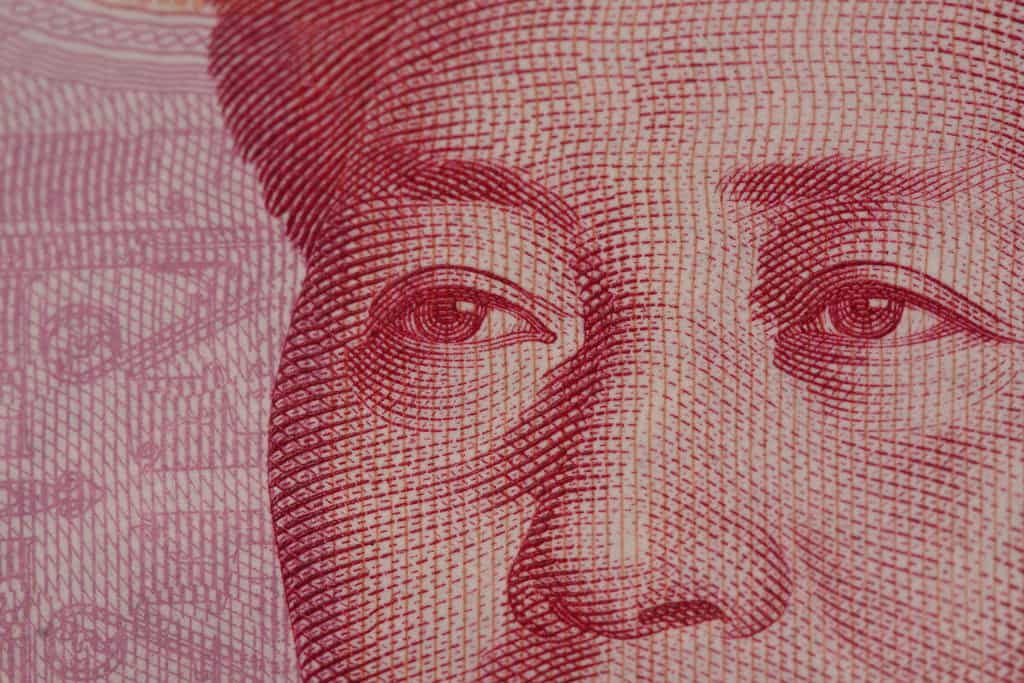The official news agency for China’s financial regulators have highlighted the opening up the domestic finance sector as a driving force behind the recent increase in the renminbi’s weighting in the International Monetary Fund’s (IMF) Special Drawing Rights (SDR).
On 11 May the IMF’s adjustments to the SDR saw the renminbi’s weighting rise to 12.28%, as compared to 10.92% since its initial inclusion in 2016.
The increase was viewed as sign of the increasing internationalisation of the renminbi, particularly amidst heightened geopolitical tensions which have seen the application of financial sanctions against Russia and Iran by OECD nations.
As of the end of the first quarter of 2021 global renminbi reserves totalled USD$336.1 billion, accounting for 2.79% of global foreign reserves. This marks a 150% increase compared to the figure of 1.08% at the time of the renminbi’s initial inclusion in the SDR in the fourth quarter of 2016.
Financial News – the official news agency for China’s financial regulators, said that the increase in the renminbi’s SDR weighting has been expedited by ongoing opening up of Chinese financial markets, and gains in the free usage of the renminbi.
“In particular, when it comes to the interbank bond market, the convenience of participation for foreign investors has further increased following the opening up of channels.
“[This] has driven foreign investors to invest in the interbank market with greater vigour and scope, and hold more renminbi assets.”
PBOC data indicates that as of the end of 2021 offshore financial institutions held over 4 trillion yuan in bonds on China’s interbank market, for a year-on-year increase of nearly 750 billion yuan, to account for around 3.6% of the outstanding amount.
84 offshore central banks have entered China’s interbank market as of the end of 2021, for an increase of 13 in 2021.
China first began to open up the interbank bond market in 2004, with the entry of the Hong Kong and Macau arms of big state-owned lender Bank of China (BOC). The following year the International Finance Corporation (IFC) and the Asian Development Bank (ADB) became the first foreign institutions to issue renminbi bonds on the Chinese interbank market.
2009 and 2010 saw the release of the “Cross-border Renminbi Settlement Trial Administrative Measures” (跨境贸易人民币结算试点管理办法) and “Notice Concerning Arrangements for Trials for Offshore Renminbi Settlement Banks and Other Third Category Institutions Investing in the Interbank Bond Market using the Renminbi” (关于境外人民币清算行等三类机构运用人民币投资银行间债券市场试点有关事宜的通知).
PBOC and other authorities subsequently took greater measures to further widen access to the interbank market, as well as simplify entry procedures and reduce or rescind investment restrictions.
July 2017 saw the launch of the northbound leg of the Bond Connect initiative connecting the Hong Kong and mainland Chinese markets, while in September 2021 the southbound leg opened.


